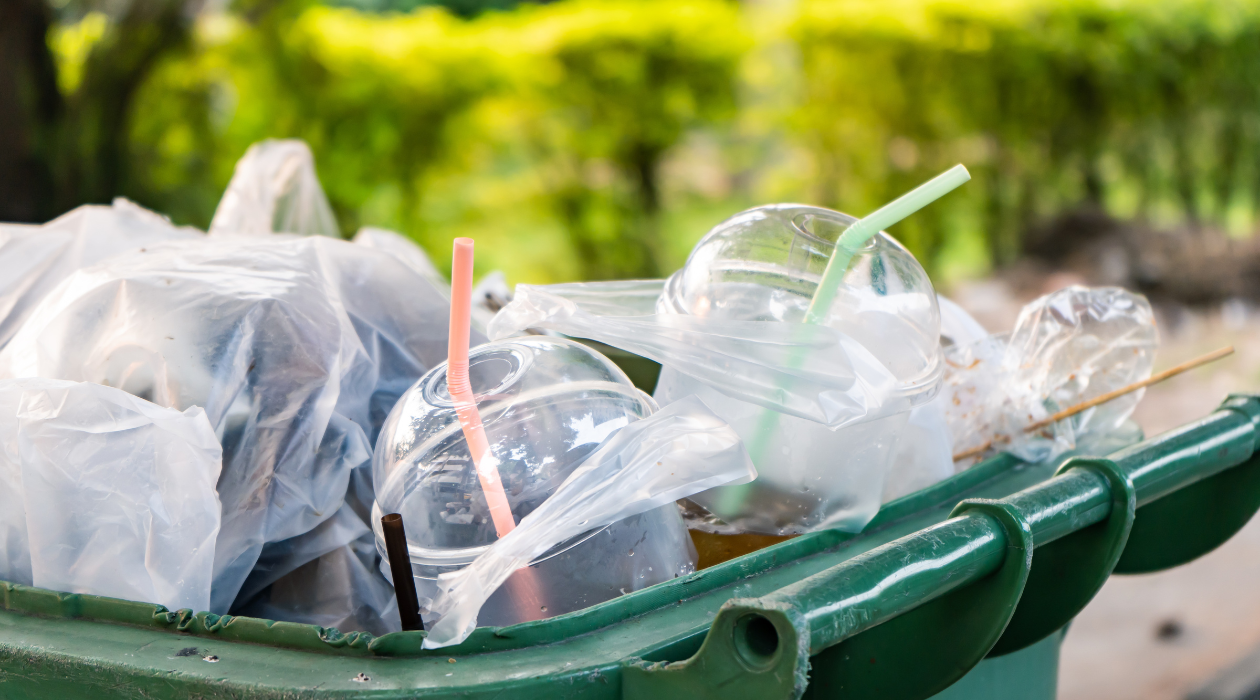Three Trends to Watch in 2020

[Header image credit: Canva]
By: Julia Vanderput, Director of Strategy
It’s January. All across America, we’re hearing chipper “Happy New Year!” and questions of “How was your break?” Some are renewed and rested, armed with shiny notebooks and fresh pencils, and ready to take on the new year with youthful gusto. No doubt they’ve already set up meetings with leadership to roll out their company-sponsored side hustle, its innovation potential promising to disrupt the very fabric of the business.
Others weren’t quite ready to leave the warmth of food, family, and naps. This article is for you.
Look no further, we’ve done your January homework for you. You likely already have 2020 campaigns planned. What you need, then, are the nuanced ‘heads ups’ that will make your campaign relevant for today. So, here are three 2020 trends to help you shape your next brief.
Single-use everything goes out the window.
Our industry often sees the amorphous top-of-funnel as separate from the tangible deliverables of product and retail experience. That’s reasonable if we’re identifying the differences in engagement and experience. Here’s an example that elucidates the importance of these two coming together as a message.
You’ve heard of single use plastic, which is now banned from stores, states, and whole countries. 2020 brings it a level up, from recycling fast fashion to re-using shipping packaging. H&M now collects unwanted clothing, regardless of brand, and Alibaba created 75,000 stations for repurposing its cardboard boxes.
Start with identifying what waste is produced by your product or service, then determine how you can decrease it. Let’s call it the Great Effect.
Building back trust.
The New York Times called the 2010’s the “decade of disillusionment.” Paranoia, polarization, and mistrust reined the decade and it’s pushed us all to rely more on emotion and less on facts. Our consumers are less inclined to trust institutions they once took for granted.
This created a white space for marketers. By aligning with a cause or concern, brands can now takeover by being “of service” as a social good. Dominos’ “Paving for Pizza” is fixing bad roads without government funds. Where government let consumers down, Dominos is picking them up.
Brands can capitalize on this trend by first establishing their target’s grievances outside the category then establishing strategic partnerships to be the hero.
Modern masculinity backlashes.
A few weeks ago, I was reminded of Melania Trump’s GQ cover at the turn of the millennium, headlines boasting “B*tch List: Who We Hate And Why” and “Music to watch girls by.” Nearly 20 years later, GQ’s 2019 New Masculinity issue features Pharrel donning a sparkly choker necklace and regretting writing “Blurred Lines.”
One of the more fascinating reads for me last year was Peggy Ornstein’s “The Miseducation of the American Boy,” in which Orenstein reports young boys have trouble answering “What’s good about being a man?” A few men in my life passionately expressed their relief after reading the article, a cathartic piece for them. It’s a confusing time for male identity.
If traditional masculinity was challenged in 2019, in 2020, it’s looking like it’ll be overturned (Gillette’s First Shave). Which begs the question: What happens to the old men?
Herein lies a brand’s whitespace opportunity. One millennial friend who read the Ornstein article dismissed it all because a woman wrote it. When asked what’s so hard about being a man, a New York Times writer answered, “Having to listen to people who aren’t men, or who are ashamed of manhood, constantly telling me how to be one.”
These are hungry consumers in need of a masculine lifestyle that feels both distinctly not female and something to be proud of.


